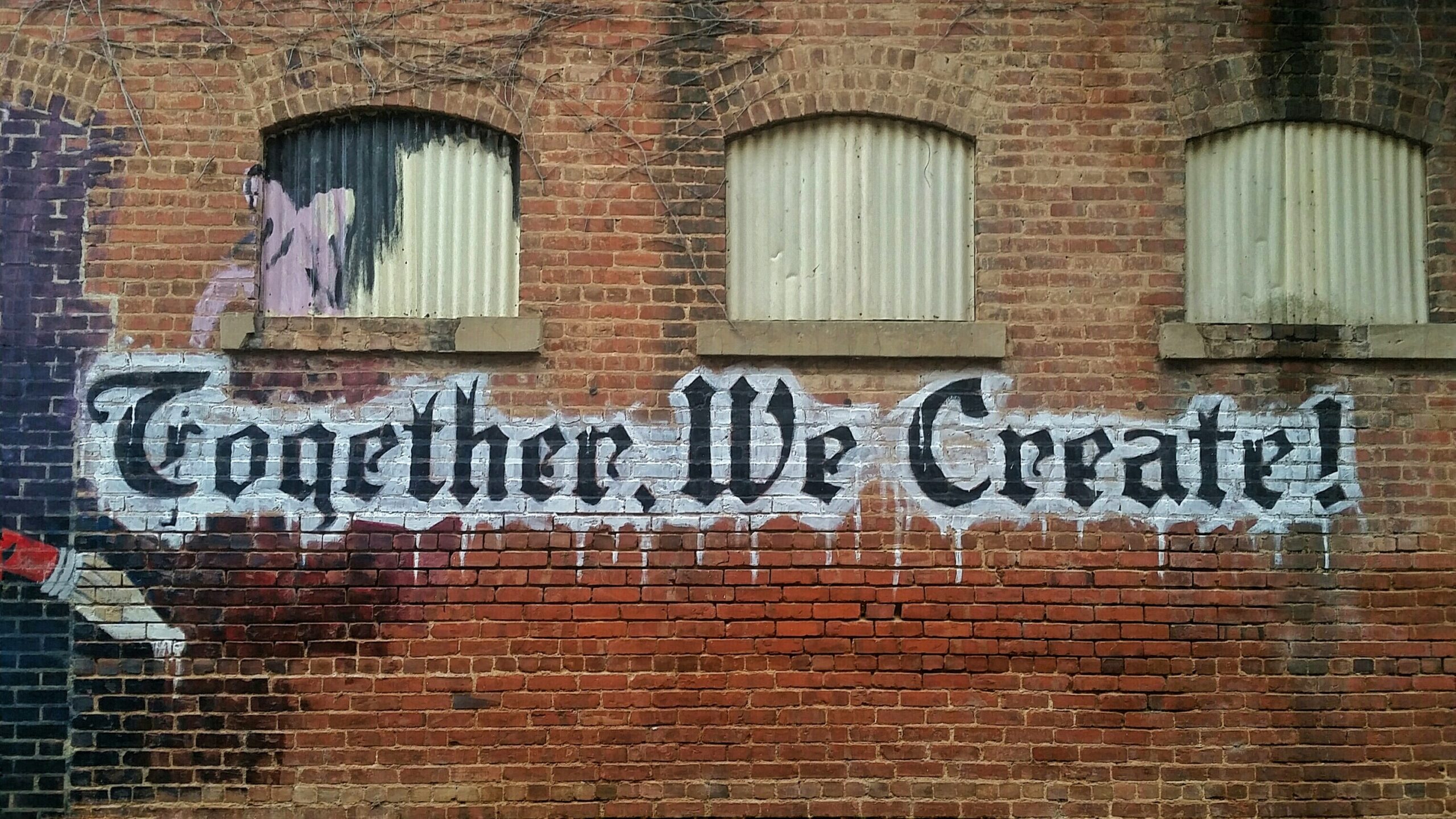
Strategies For Artists To Grow Their Business
In the dynamic landscape of the creative industries, artists face both exciting opportunities and unique challenges. With the advent of digital platforms and the globalization of markets, artists now have unprecedented access to potential audiences around the world. However, standing out in a crowded digital space and learning the business side of creativity can be daunting. In this article, we explore the key strategies artists can use to grow their businesses in today’s competitive environment.
Embracing The Digital Revolution
The digital revolution has changed the way artists create, distribute, and monetize their work. Artists need to leverage digital platforms and technology to reach a wider audience. It’s important to build a strong online presence across social media, your personal website, and your digital portfolio. Platforms like Instagram, TikTok, and Pinterest offer visual artists great opportunities to showcase their work and connect with fans.
Additionally, exploring digital distribution channels for music, e-books, or visual art can expand an artist’s reach. Platforms like Spotify, Kindle Direct Publishing, and Etsy allow artists to sell directly to consumers without the need for traditional middlemen.
Building A Personal Brand
Building a personal brand is essential for artists to stand out in a crowded marketplace. A personal brand is more than just a logo or a catchy slogan. It is the unique identity and story that the artist conveys to the audience. Artists need to focus on defining their style, values, and the message they want to convey through their work.
Consistency across different platforms, such as social media, websites, and promotional materials, helps strengthen your personal brand. Compelling storytelling, behind-the-scenes content, and authentic connections with your audience help you build powerful and memorable brands.
Collaboration And Networking
Collaboration and networking are powerful tools for artists looking to expand their reach and influence. Partnering with other artists, influencers, and brands can open the door to new audiences and opportunities. Collaborative projects allow artists to combine their skills, share resources, and create something unique.
Attending industry events, workshops, and conferences provides valuable networking opportunities. Building relationships with other artists, industry professionals, and potential customers can lead to collaborations, commissions, and exposure. Networking also helps artists stay up to date with industry trends and opportunities.
Monetize Creatively
Creating art is a passion, but turning that passion into a sustainable business requires a thoughtful approach to monetization. Artists can explore different revenue streams beyond traditional sales. Crowdfunding platforms like Patreon allow artists to receive ongoing support from fans in exchange for exclusive content, early access, and personalized experiences.
Licensing and product sales are also revenue opportunities. Artists can license their work for use in advertising, merchandise, or collaborations with brands. Creating and selling merchandise like prints, clothing, and accessories featuring your own artwork provides artists with an additional source of income and a way for fans to support their favorite creators.
Leveraging Data And Analytics
In the digital age, data and analytics play a critical role in understanding audience behavior and optimizing strategies. Artists should take advantage of the analytical tools available on social media platforms, websites, and e-commerce platforms to gain insights into audience demographics, interaction patterns, and popular content. By analyzing this data, artists can adapt their content and marketing strategies to better resonate with their target audience.
Knowing which platforms are bringing in the most traffic, the demographics of your audience, and which works of art are the most popular will help you decide where to allocate your time and resources to achieve maximum impact.

Invest In Continuous Learning And Skill Development
The creative environment is constantly evolving, with new techniques, tools, and trends emerging regularly. Artists must invest in continuous learning and skill development to stay relevant and competitive. Online courses, workshops, and tutorials provide an accessible way to improve your technical skills, experiment with different media, and stay up to date on industry innovations.
Additionally, mastering business-related skills such as marketing, negotiation, and project management is essential to navigating the complexities of the creative business world. A comprehensive skill set not only enriches an artist’s skills but also makes them a versatile and adaptable professional.
Truly Engaging Your Audience
Building a loyal and engaged audience is about more than just showcasing your art. It’s about building real connections with your followers. Truly engage with your audience by replying to comments, joining the conversation, and sharing personal insights about your creative process.
Social media in particular provides artists with a direct channel to interact with their audience. Hosting a live session, Q&A session, or virtual studio tour creates a sense of community and intimacy. By drawing your audience into your world, you can not only humanize your brand but also create a loyal fan base who will support your artistic journey or business endeavors.
Diversify Your Income Streams
Art sales remain the primary source of income for many artists, but diversifying your income sources can increase the stability and resilience of your business. Consider offering art-related services such as teaching workshops, consulting on art, taking on commissioned projects, etc. These services not only generate additional income but also demonstrate your expertise and expand your professional network.
Exploring alternative markets with activities such as licensing art for use in digital media, video games, or virtual reality experiences can create new revenue opportunities. By diversifying your revenue streams, you can reduce the impact of market fluctuations and build a more sustainable and resilient creative business.
There You Go
Building a business as a creative artist in today’s competitive environment requires a combination of artistic talent, business acumen, and adaptability. Leveraging digital platforms, building your personal brand, collaborating with others, considering creative monetization strategies, and leveraging data and analytics are essential elements of a successful growth strategy. By staying on top of industry trends, establishing authentic connections with your audience, and continually developing your skills, you’ll position yourself not only as an artist but also as a successful entrepreneur in the dynamic world of creative arts.
By staying true to their artistic vision while strategically managing the business side of their creativity, artists can not only survive but thrive in an ever-evolving, interconnected global marketplace. The key is to find a balance between creative expression and entrepreneurship to open new opportunities for growth and success in the dynamic world of the creative arts.






